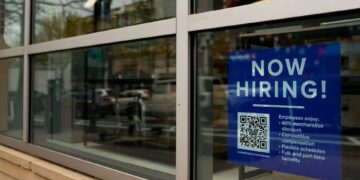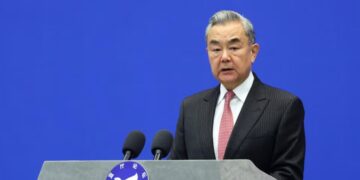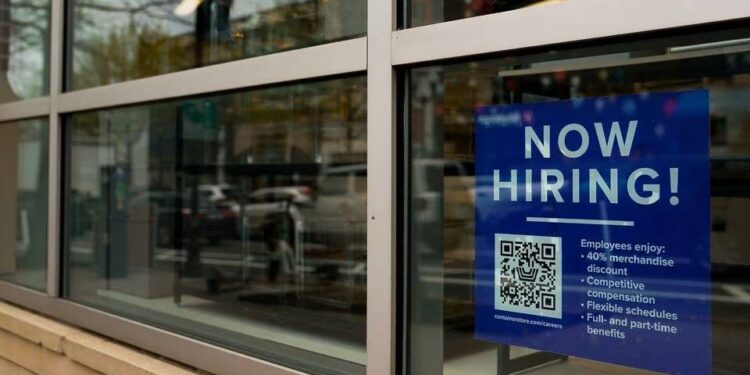By Oyintari Ben
The United States’ employment growth picked up in April while pay growth picked up significantly, indicating ongoing labour market strength that may force the Federal Reserve to maintain higher interest rates for longer as it works to manage inflation.
In addition, the jobless rate dropped back to a 53-year low of 3.4%, according to the Labour Department’s carefully monitored jobs report released on Friday.
Even if numbers for February and March were drastically revised downward, the labour market is only slightly declining. It implied that tighter lending conditions, which have increased the danger of a recession and the Fed’s punitive rate hikes, had not yet affected the economy.
Sean Snaith, head of the University of Central Florida’s Institute for Economic Forecasting, stated that interest rates must stay high. It is more challenging for the Fed to continue reducing inflation when the labour market is this strong.
Nonfarm payrolls increased by 253,000 jobs in March, but the economy added 149,000 fewer jobs than previously thought in February and March. Over the previous six months, job growth has averaged 290,000 new positions every month. Reuters polled economists, who predicted that payrolls would increase by 180.000.
The information from the household survey used to compute the unemployment rate was positive. Despite a slight decline in the labour force, household employment rose. As a result, the unemployment rate decreased from 3.5% in March to 3.4%, marking the lowest level since 1969. Black unemployment fell to a new record low of 4.7%.
The percentage of working-age Americans who either have a job or are looking for one, or the labour force participation rate remained constant at 62.6%. However, the proportion of people aged 25 to 54 increased to 83.3%, a 15-year high.


































